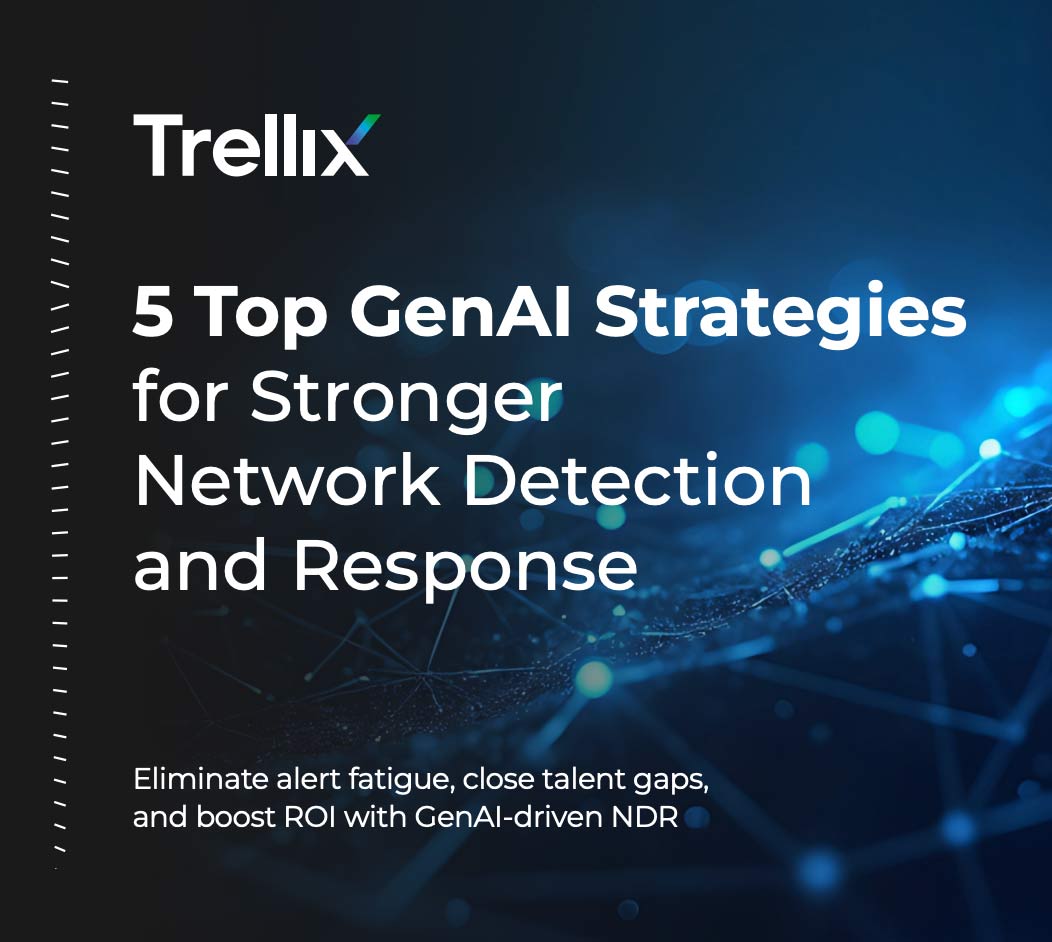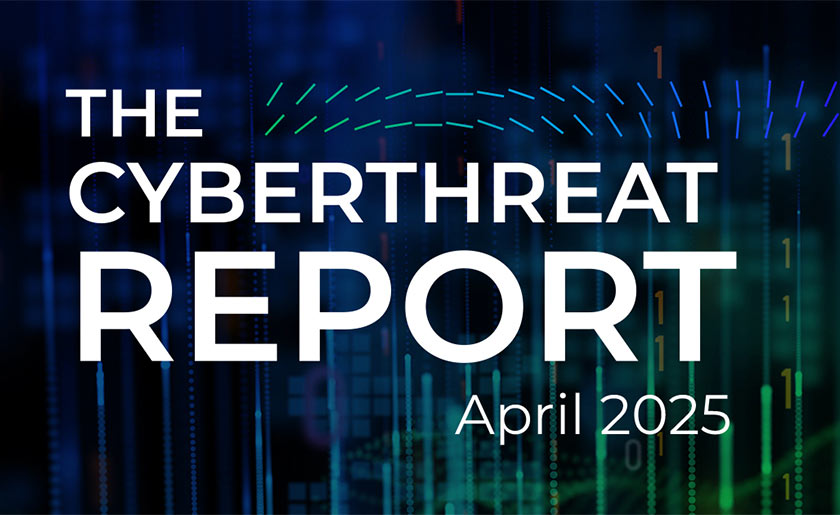Trellix Newsletter
October 2025
Threat Intel from the Trellix Advanced Research Center
Access in-depth, weekly updates on the top 10 latest threats our researchers have identified. The Trellix Advanced Research Center provides expert research and timely threat intelligence to help you stay ahead. Don't miss out! Check back regularly for the latest updates.
Learn moreThe latest cybersecurity threats
Current malware threats have been identified by our threat research team.
Click on one to learn how to best protect your organization.
What's new in your Trellix products
Endpoint Security
Beyond Detection - Rapid Response & Deep Forensics with EDRF
Relying solely on reactive detection is no longer enough to secure your enterprise against sophisticated attacks. Discover how Trellix EDRF integrates advanced detection, investigation, and comprehensive forensic capabilities for unparalleled speed and preparation.
Network Detection and Response
Detecting NTDS.dit Dumps and Exfiltration with Trellix NDR
Our latest blog walks step-by-step through a real-world attack and how you can protect your Active Directory with Trellix NDR. Find out how it detects and responds to NTDS.dit file attacks by spotting suspicious SMB traffic and exfiltration attempts.
Email Security
Trellix Named Overall Leader by KuppingerCole for Email Security
Read the analysis to discover how Trellix’s elite detection accuracy, AI-powered IVX engine, and integrated human risk management set the new standard for workspace protection. Find out why Trellix is the clear choice in the fight against today’s most sophisticated threats.
Data Security
On Demand: See Cloud Database Protection in Action
Watch our recent webinar to see the latest innovations from Trellix Database Security. Discover expanded cloud protection for Amazon RDS and our updated Analytics Hub.
Security Operations
See Helix Connect + Trellix Wise in Action
Tired of missed alerts? Find out how Trellix Helix Connect, paired with Trellix Wise, delivers proactive defense by triaging 100% of alerts, while giving you executive summaries, MITRE ATT&CK context, and actionable remediation steps.
Threat Intelligence
Beyond the Feed: Operationalizing Threat Intel Webinar
Don't just collect threat intelligence—use it. In this on-demand webinar, Trellix Guardians guide you through how to transform raw threat data into actionable defense, making your security team more efficient and effective.
Events and more
AMER
EMEA
- 14 October: Trellix & AWS Virtual Tech Session
- 16 October: Hunt smarter, respond faster with Trellix Endpoint Forensics
- 21-23 October: Virtual OT Security Summit 2025: Navigating the Future of OT
- 28 October: Code, Conflict, and Chaos: Iranian Cyber Operations in a Regional Crisis
- 12 November: Red Storm Rising: The Surge of China’s Typhoon APT Groups
New resources
Recent Blogs and Conversations
- The Bug Report – September 2025 Edition
- Trellix Email and Collaboration Security Emerges as a Market Leader
- The Evolution of Russian Physical-Cyber Espionage
- Trellix uses AWS GenAI for Cybersecurity Integration
- XWorm V6: Exploring Pivotal Plugins
- npm Account Hijacking and the Rise of Supply Chain Attacks
- When AD Gets Breached: Detecting NTDS.dit Dumps and Exfiltration with Trellix NDR
- Unmasking Hidden Threats: Spotting a DPRK IT-Worker Campaign
- Dark Web Roast - August 2025 Edition
- Silent Pivot: Detecting Fileless Lateral Movement via Service Manager with Trellix NDR
- ToolShell Unleashed: Decoding the SharePoint Attack Chain
- New Trellix Rules for Lateral Movement Attack Detection
- XWorm’s Evolving Infection Chain: From Predictable to Deceptive



